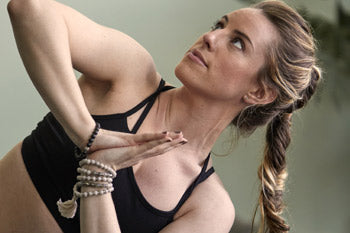Differences Between T'ai Chi and Qigong

Author: Nathan Rodgers
T’ai chi and qigong are both ancient Chinese traditions that relieve stress and increase energy. So, many people wonder, what distinguishes t’ai chi from qigong? If you are considering learning one of these art forms, it's important to know which one is right for you. Here's a brief overview of their main differences:
T’ai chi is generally more complex
T’ai chi forms involve a series of many moves. One t’ai chi form can take months to learn and a lifetime to master.
Qigong is often one single move repeated over and over, and sometimes does not involve movement at all, but will focus only on breathing. For this reason, t’ai chi may be effective for anti-aging, since it is a mental workout as well as a physical one.
T’ai chi focuses more on form
T’ai chi requires much discipline. The position of your knees, feet and spine are all crucial to the proper execution of form. Qigong is less rigid; it is a free-form practice.
Qigong is more adaptive
Some of the positions, stances and moves required by t’ai chi may be difficult for some to achieve. Athletes who have suffered serious injuries or participants with certain disabilities may find t’ai chi forms more challenging.
Because qigong is free-form, it is also very adaptive. Anyone in any condition may participate in its breathing exercises, and may adapt its simple moves to their own level of physical ability.
T’ai chi is a martial art; qigong is a system of wellness
Qigong's roots go back thousands of years and are deeply intertwined with the Chinese way of life. T’ai chi was developed more recently by Shaolin monks and Chinese military leaders. They originally intended their "T’ai chi Chuan," or "Grand Ultimate Fist," for self-defense and combat. The founders of t’ai chi were also well-versed in the practices of Qigong, and interwove elements of it throughout their system of self-defense. However, qigong is considered a health system, and t’ai chi is truly a martial art.
Qigong is a widespread institution in China
T’ai chi has gained more notoriety than qigong here in the West, but in its native land, qigong is an element of daily living. Qigong is part of the Chinese National Health Plan and is practiced in schools, universities and hospitals. While t’ai chi is popular in China as well, qigong is an everyday practice for even more Chinese citizens.
Also in Blog

Body Peace & Personal Empowerment

Yoga for Swimmers: Poses for Strength and Mobility







